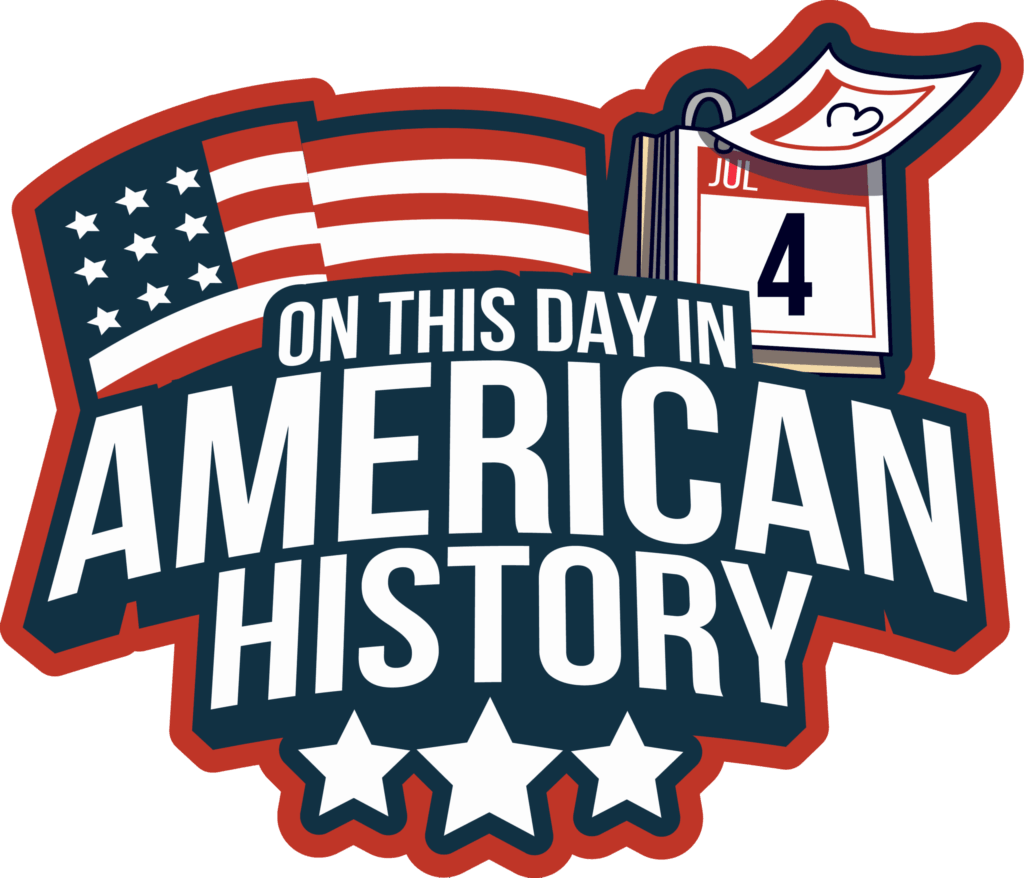
“The Second Day of July 1776, will be the most memorable Epocha, in the History of America… It ought to be solemnized with Pomp and Parade, with Shews, Games, Sports, Guns, Bells, Bonfires and Illuminations from one End of this Continent to the other…”
– John Adams
John Adams hailed July 2 as America’s true birthday—the day Congress cast its vote for independence, but history crowned the 4th. Why? Because that’s when the Declaration of Independence was adopted—its language finalized and its date printed for the public to read, remember, and revere. In the end, symbolism triumphed over sequence.

A print showing Thomas Jefferson reading a rough draft of the Declaration of Independence to Benjamin Franklin
On July 2, 1776, Second Continental Congress agreed to sever ties with Great Britain and approved the Lee Resolution which said “these united colonies are, and of right ought to be, free and independent States.”
Image via Wikimedia Commons, public domain
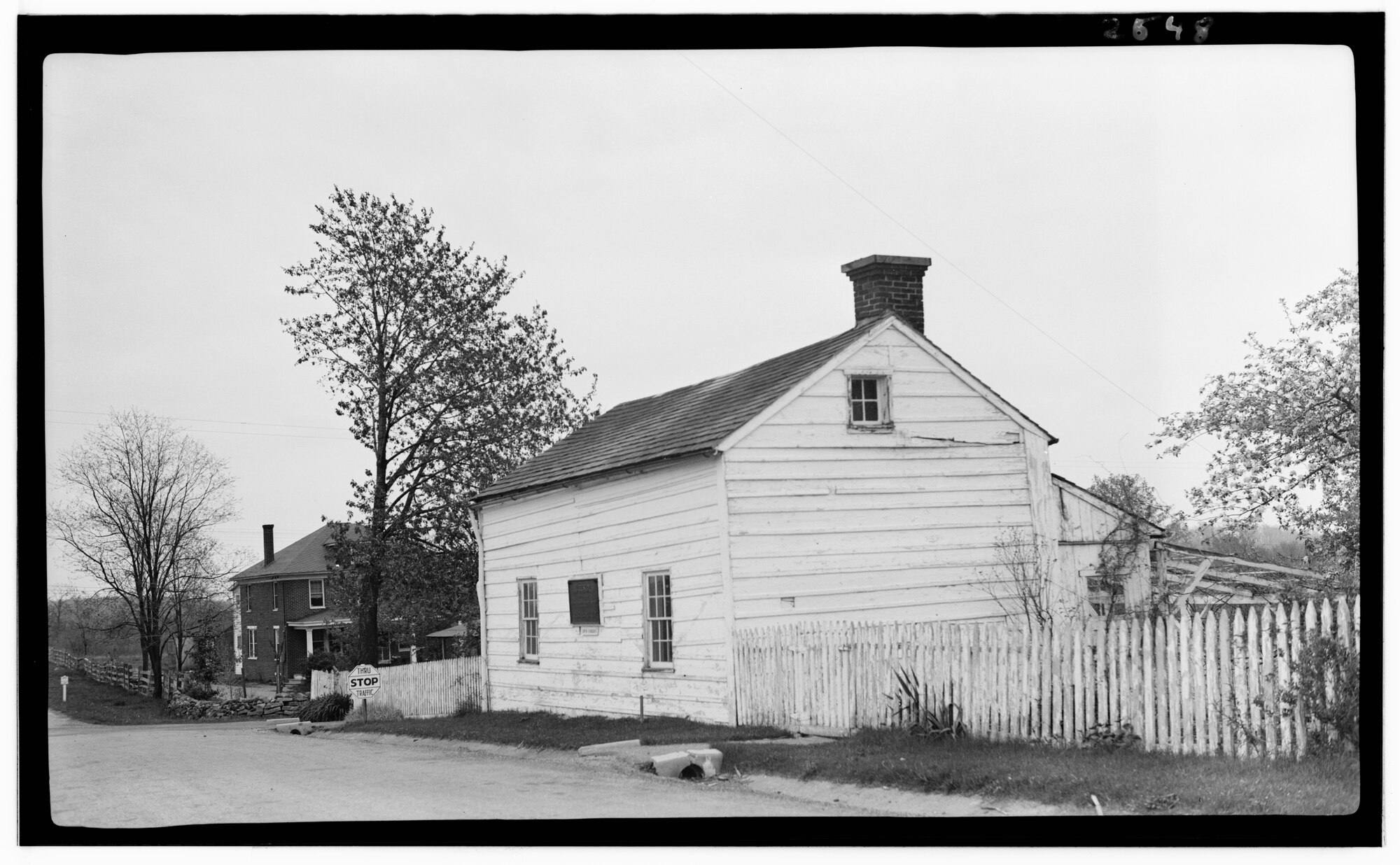
The Lydia Leister House in Gettysburg where Commander of the Army of the Potomac, George Meade, and his subordinates met in a small room for their Council of War on the evening of July 2, 1863.
While Union leadership was faced with the difficult and critical decision of what to do next, General Henry Warner Slocum in attendance said “Stay and fight it out.”
Image via Wikimedia Commons, public domain
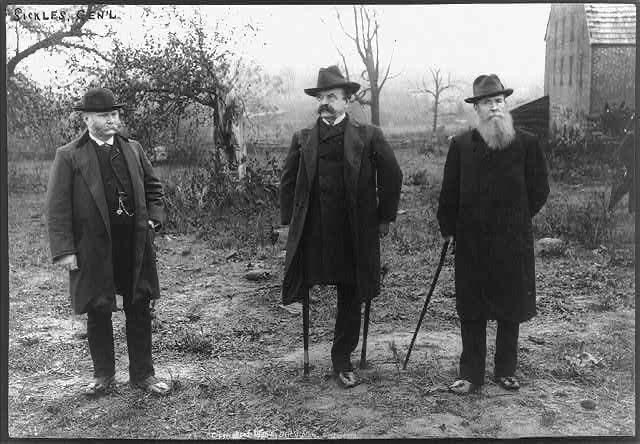
Generals Sickles, Carr & Graham. Taken near Trostle’s barn, Gettysburg Battlefield – on spot where General Sickles lost his leg, July 2, 1863
– Photo taken in 1886
via Library of Congress, no known restrictions

July 2, 1863 – Former college professor Col. Joshua Lawrence Chamberlain leads the 20th Maine Infantry in a stubborn, hard-fought defense of Little Round Top at Gettysburg. Chamberlain received the Medal of Honor, was seriously wounded at Petersburg in 1864, and ended the Civil War as a general.
Image from NARA via Wikimedia Commons, public domain
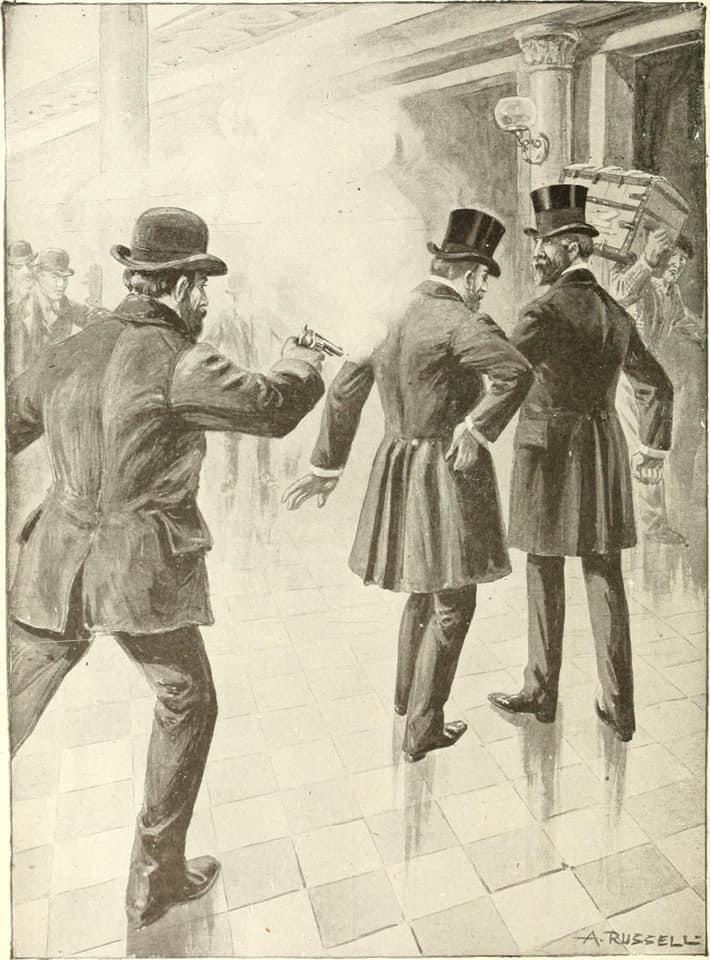
On July 2, 1881, President James Garfield was shot at the Baltimore & Potomac Railroad station in Washington D.C.
He would suffer from his injuries until September of that year and passed away two months before his 50th birthday.
Image via Wikimedia Commons, public domain

“…the measure of a country’s greatness is its ability to retain compassion in time of crisis.”
– Thurgood Marshall, the first African American Supreme Court Justice of the United States.
Thurgood Marshall was born on July 2, 1908 in Baltimore, Maryland.
Image: Thurgood Marshall taken between 1935-1940 via Wikimedia Commons, public domain in the US.

The last verifiable radio transmissions from the Lockheed Electra flown by Amelia Earhart were received by the cutter USCG Itasca on the morning of
July 2, 1937. Earhart and navigator Fred Noonan, while attempting to fly around the world, were presumed lost near Howland Island in the central Pacific.
Image via NASM via Wikimedia Commons, public domain in the US

On July 2, 1955, Senator Lyndon B. Johnson suffered a heart attack while visiting his friend George Brown in Middleburg, Virginia. He was taken to Bethesda Naval Hospital in Maryland, over 40 miles from Middleburg.
Image of Lyndon Johnson in 1955 via Wikimedia Commons, public domain
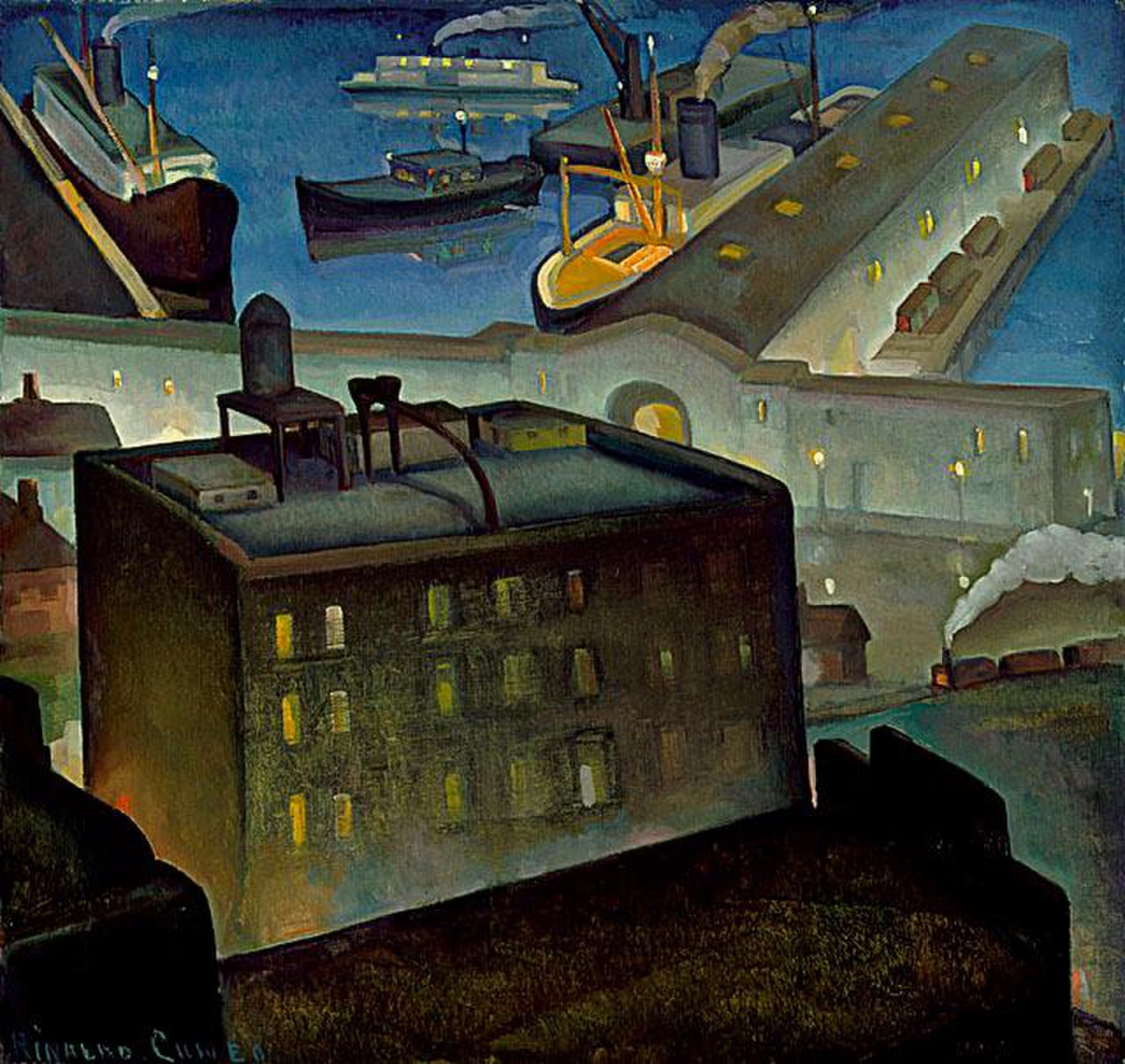
The Embarcadero at Night
by American artist Rinaldo Cuneo c. 1927-1928
Cuneo was a U.S. Navy veteran during the Spanish-American War and served on the USS Oregon battleship. He was born on July 2, 1877 in San Francisco, California.
Image via Wikimedia Commons, public domain

“The King,” Richard Petty, was born on July 2, 1937 in Level Cross, Randolph County, North Carolina.
Of the 1,184 NASCAR races that he participated in throughout his 35 year career, he won 200 of them.
Image from 1973 via Wikimedia Commons, no known restrictions

In the heat of Operation Buffalo, Marines of the Third Battalion, Ninth Regiment board CH-46 helicopters at Dong Ha—racing to reinforce the First Battalion, Ninth Regiment near Con Thien, where an ambush turned the battlefield into a crucible of fire and resolve.
July 2, 1967
Image via Wikimedia Commons, no known restrictions
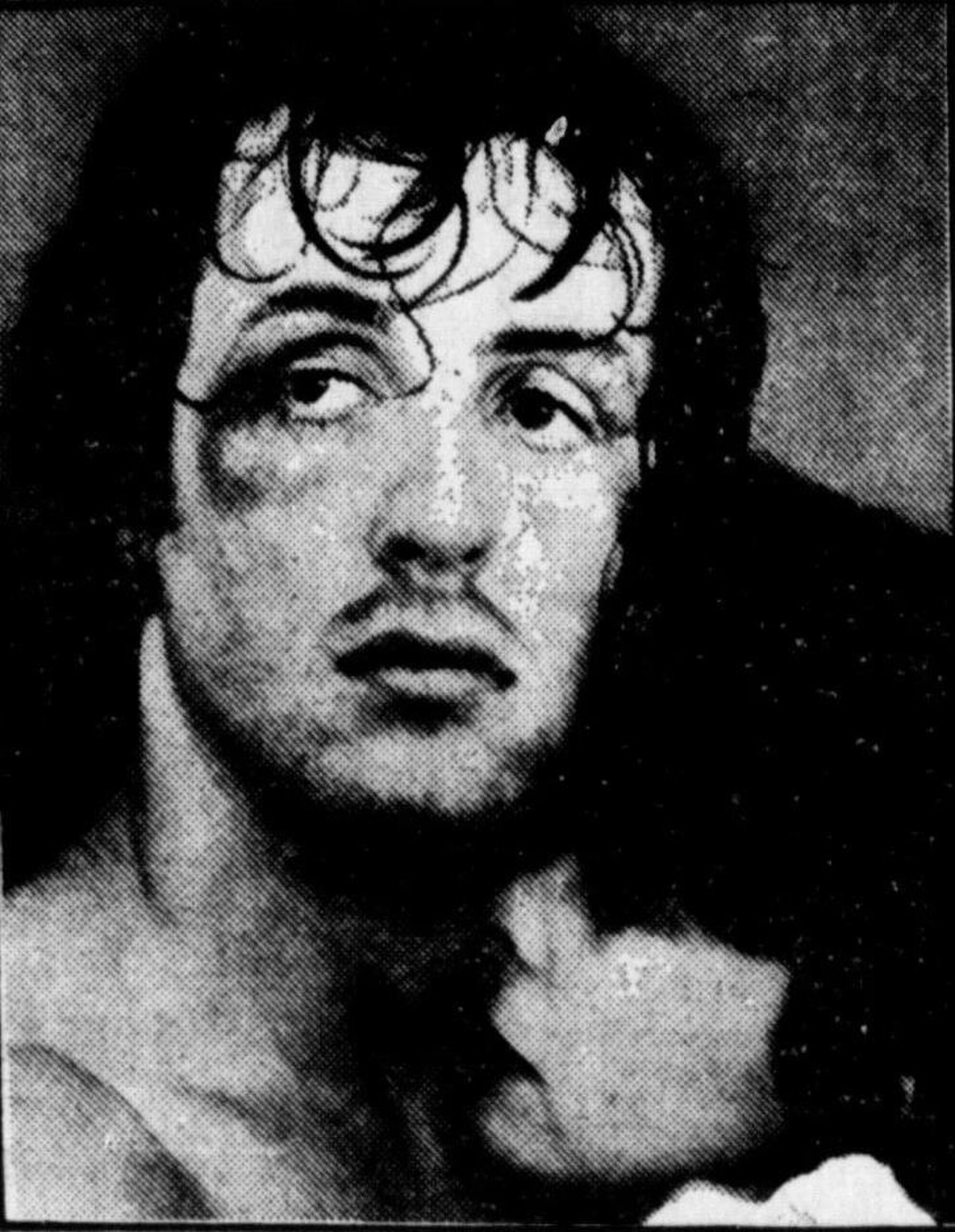
“Gonna Fly Now” the theme song from the movie ROCKY became the #1 song in America on July 2, 1977.
Image via Wikimedia Commons, no known restrictions
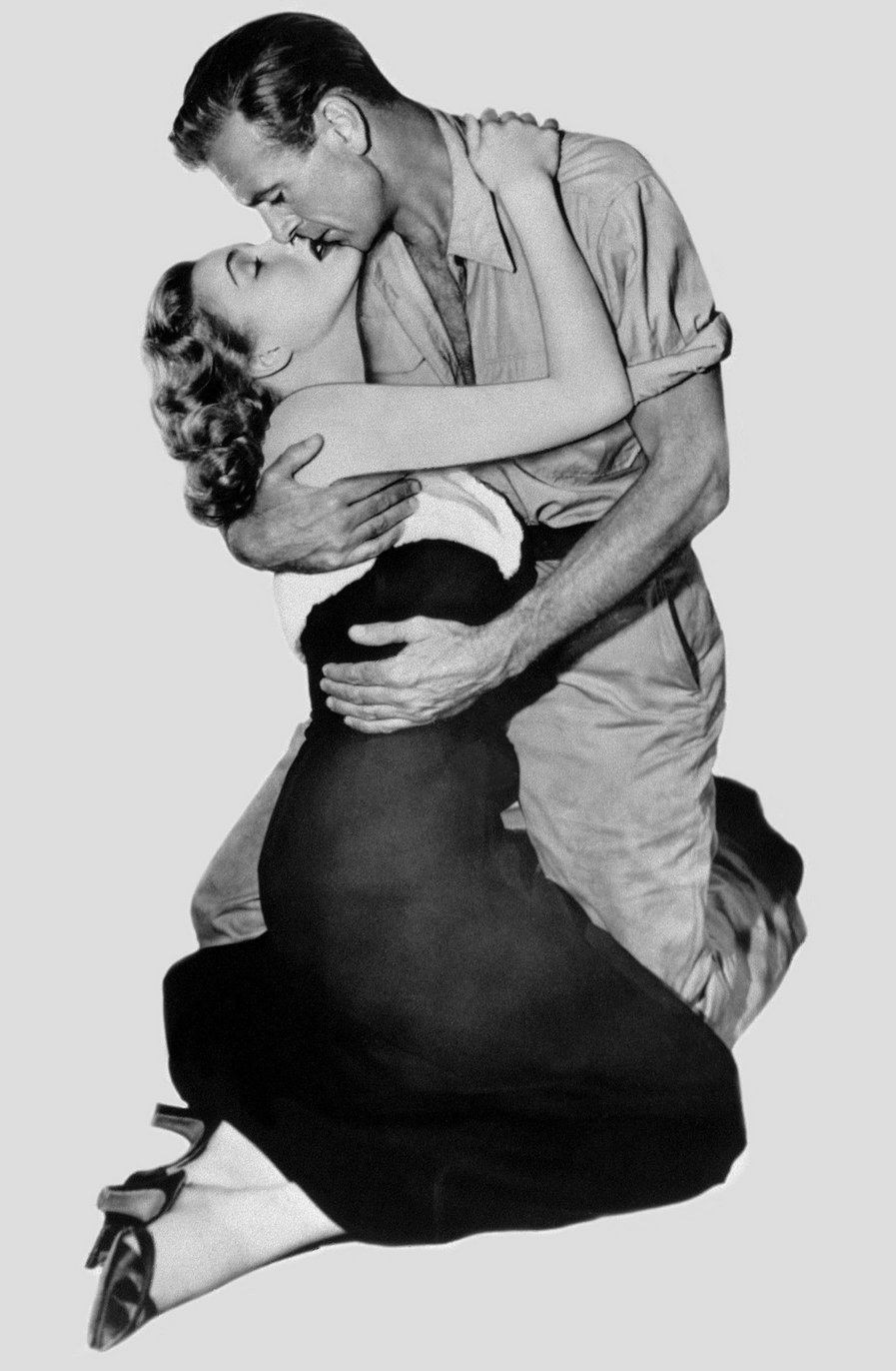
The Fountainhead, a film starring Gary Cooper and Patricia Neal which was based on a bestselling Ayn Rand novel by the same name, was released on July 2, 1949.
Image via Alamy

Born July 2, 1919 Jean Craighead George, shown in Barrow, Alaska, was a prolific author of books for children and young adults. Her favorite theme was nature and how humans can positively co-exist with it. My Side of the Mountain and Julie of the Wolves are two of her best known works.
Image by Budfester, CCA-SA 4.0 International via Wikimedia Commons.

Beth Howland as Vera, Linda Lavin as Alice, and Polly Holliday as Flo from the TV sitcom “Alice.”
On July 2, 1937, Polly Holliday was born in Jasper, Alabama.
Image via Wikimedia Commons, no known restrictions


